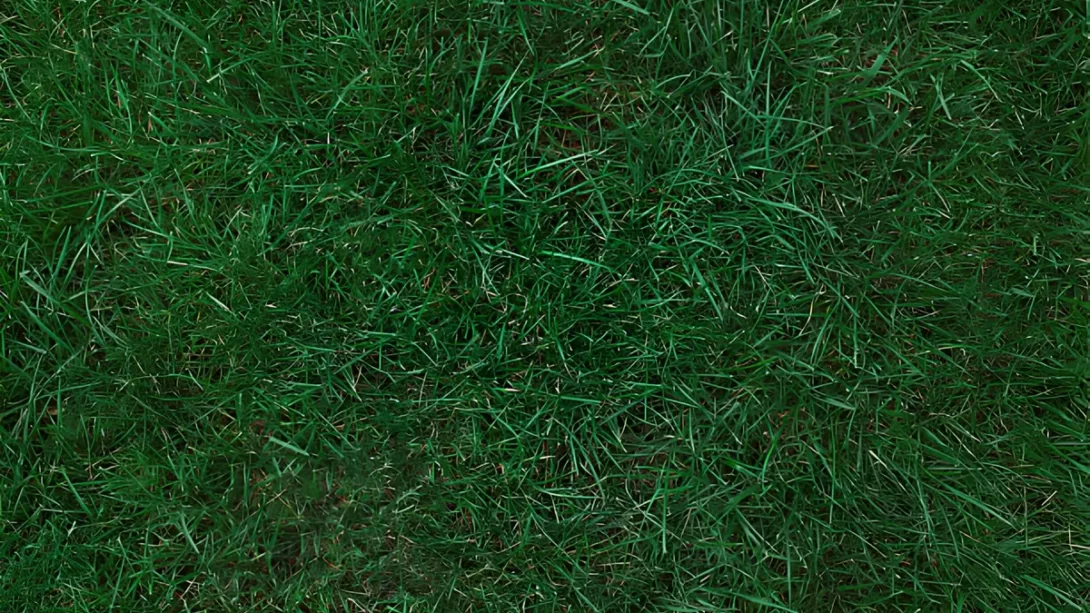Kentucky bluegrass is a favored turfgrass known for its lush, vibrant appearance and resilience, making it a popular choice for lawns and landscapes across many regions. A common inquiry among homeowners and landscapers is regarding its growth behavior, specifically its ability to spread and cover ground. This article explores the spreading habits of Kentucky bluegrass and their implications for lawn care.
Characteristics of Kentucky Bluegrass
Kentucky bluegrass, scientifically known as Poa pratensis, is characterized by its fine leaf texture, deep green color, and dense growth pattern. It is widely appreciated for its aesthetic appeal and ability to create a uniform, carpet-like lawn. Originating from Europe and now prevalent in the northern United States, this cool-season grass thrives in temperate climates and exhibits remarkable cold tolerance.
Growth Habits of Kentucky Bluegrass
One of the defining features of Kentucky bluegrass is its ability to spread and create a thick, lush turf. Unlike some other grass species that primarily grow in clumps, Kentucky bluegrass spreads through underground stems known as rhizomes. This growth habit allows it to fill in bare spots and recover from damage more effectively than clump-forming grasses. As a result, Kentucky bluegrass lawns are known for their even, consistent appearance and robustness against wear and tear.
Rhizomatous Growth in Kentucky Bluegrass
Rhizomatous growth refers to the process by which a plant extends rhizomes, which are horizontal underground stems, to spread out and propagate. In Kentucky bluegrass, these rhizomes grow beneath the soil surface, periodically sending up new shoots that develop into grass blades. This method of growth allows Kentucky bluegrass to expand its coverage area, filling in gaps and increasing the density of the turf.
Advantages of Kentucky Bluegrass’s Spreading Habit
The spreading nature of Kentucky bluegrass offers several advantages for lawns. Its ability to fill in bare patches results in a more uniform and aesthetically pleasing lawn. This characteristic also enhances the grass’s resilience, allowing it to recover from environmental stressors such as foot traffic, pest infestations, or disease more effectively than non-spreading varieties. Additionally, the dense mat of grass that Kentucky bluegrass forms can help suppress weed growth, as there are fewer open areas for weeds to establish.
Considerations for Managing Kentucky Bluegrass
While the spreading habit of Kentucky bluegrass is beneficial in many ways, it requires proper management to maintain a healthy lawn. Regular mowing is important to keep the grass at an optimal height and encourage lateral growth. Adequate watering and fertilization are also crucial for supporting the vigorous growth of Kentucky bluegrass. Over-fertilizing, however, can lead to excessive growth, necessitating more frequent mowing and potentially contributing to thatch buildup.
Potential Challenges with Kentucky Bluegrass
Despite its many advantages, the spreading habit of Kentucky bluegrass can present certain challenges. One of the main concerns is its potential invasiveness. If not properly contained, Kentucky bluegrass can spread into garden beds and other areas where it may not be desired. This aggressive growth can sometimes outcompete other plants or create maintenance issues in landscaped areas. Additionally, its dense growth can lead to thatch buildup, which requires regular dethatching to ensure the health of the lawn.
Strategies for Containment and Maintenance
To prevent Kentucky bluegrass from becoming invasive, it’s important to implement effective containment strategies. This can include the use of physical barriers like edging materials around garden beds or designated lawn areas. Regular edging and trimming can also help in keeping the grass within its intended boundaries.
Proper lawn maintenance is key in managing Kentucky bluegrass. This includes regular dethatching to prevent excessive thatch buildup and aeration to improve soil structure and nutrient uptake. Adhering to a balanced fertilization schedule and providing adequate but not excessive water will also support healthy growth without encouraging uncontrollable spreading.
Conclusion
Kentucky bluegrass is a dynamic and resilient turfgrass known for its ability to spread and create dense, lush lawns. While this spreading habit offers numerous benefits, including the ability to quickly fill in bare spots and create a uniform turf, it also requires careful management to prevent issues like invasiveness and thatch buildup. Understanding the growth habits of Kentucky bluegrass and implementing appropriate lawn care practices are essential for maintaining a healthy, attractive, and well-managed lawn. With the right approach, Kentucky bluegrass can be an excellent choice for homeowners seeking a robust and beautiful grass for their outdoor spaces.




